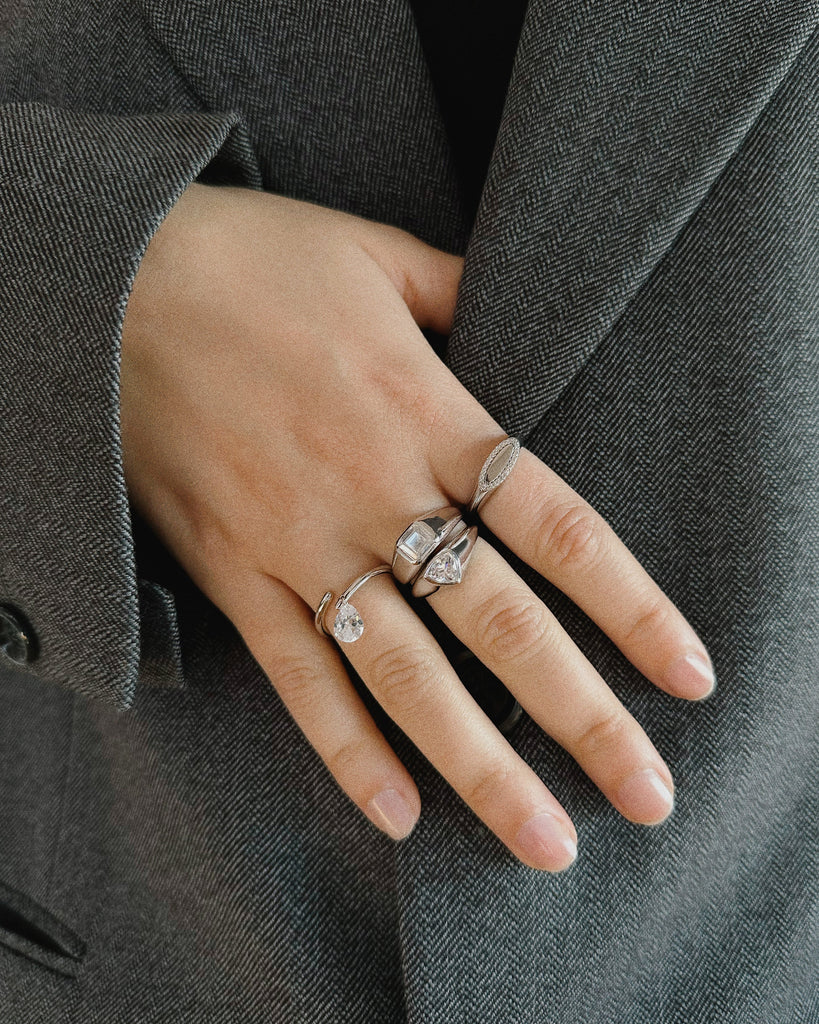In a world where we are overwhelmed by information it is easy to feel disconnected and numb, in other words: not really care about things. However, art might act as the catalyst for action, shaking us and making us reconnect with the world and with one another. Art touches on emotion, it appeals to our sense of wonder: our hearts are touched and our minds are reached. We open our eyes to things we were trying to ignore or were not aware of. And this awakening may lead to action which, in return, may lead to change.

Art, therefore, can make a difference. Artists not only have the power to make us feel things, but also understand them with our minds. We are invited to question ancient values and prejudices, the institutions governing us and our worldview and culture. Artistic activism can take many forms and can be found in many different places, taking art outside museums.
A few relevant examples
The most famous type of art activism is probably street art. Visually appealing and accessible to everyone, street art becomes the perfect canvas to raise social and political issues. And when we are talking political street art, we are talking Banksy. Possibly the most celebrated (yet anonymous) graffiti artist, some of his most iconic works deal with very controversial topics such as Brexit, capitalism or police authority. Banksy’s influence is huge: he managed to turn counterculture into mainstream and his art became part of a shared cultural vocabulary.

A short-lived movement with a huge legacy, Dadaism spreaded over Europe around 1916 as a reactionary movement with a new ideology that questioned social values and modern culture and its obsession with reason and logic. Duchamp or Tzara (the movement’s most famous artists) shared the ideal of transforming both art and society through art and humour. Their approach is reflected in the movement’s name, a nonsense word. Dadaism’s ideology fed into later art movements like Surrealism and more contemporary artists like Maurizio Cattelan, known for his 18K solid gold toilet, installed for use in one of the Guggenheim Museum’s bathrooms.
Art also has the power to bring issues of gender and inequality into the spotlight. Guerrilla Girls is an anonymous group that has been active in New York since 1985. The activist group was formed in 1985 because the MoMA Museum in New York City mounted a large exhibition titled “An International Survey of Painting and Sculpture” in which only 13 women out of a total of 169 artists were included. The group's members remain anonymous, because they believe their cause is more important than their identities. They mount posters in public spaces, stage demonstrations, do lectures and publish books but the most important thing is that they expose embedded inequalities and stir reaction and, therefore, change.

And finally, a pop culture icon: Keith Haring. With a unique and almost childlike drawing style, his artwork criticised capitalism, mass consumerism and subjects that were critical in the 80s such as the Cold War or HIV/AIDS and LGBTQ rights. Thank you, Haring.
There are hundreds of examples of Art Activism throughout history and artists that, through their art, have changed the way we envision the world. Art is extremely powerful and, in an era where we all have a camera in our phones and are hyper-connected, we can all become activists: we can share the things that move us and effect real change in the world.

